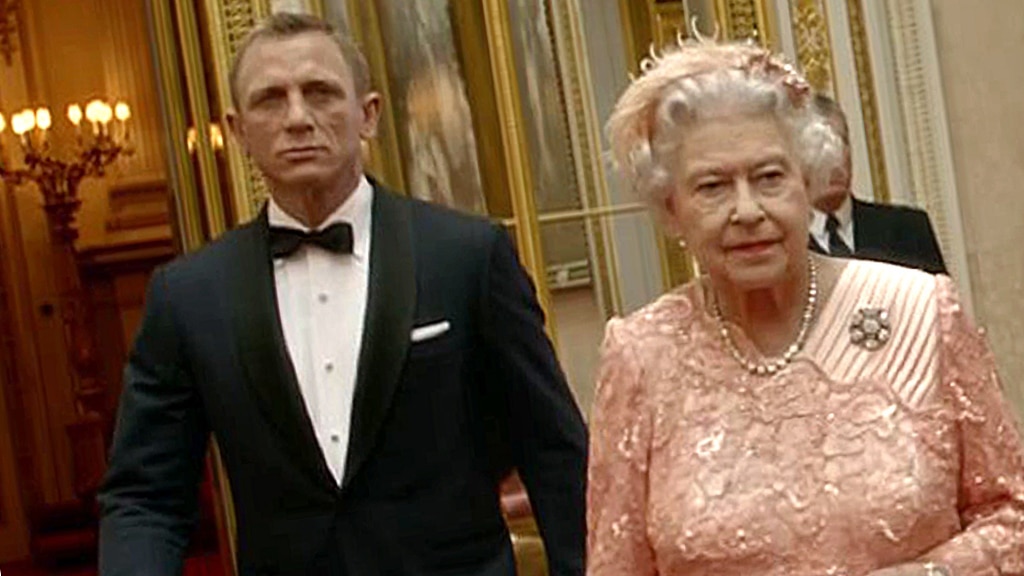Cities squares, streets, buildings are among things that are often named after people. Officially known as eponyms, these terms usually contain names of famous people somehow associated with the objects. While in most eponyms, the person after whom the thing was named is obvious and well-known, there is a surprisingly high number of words you might have never known were actually named after people. From saxophone to sandwich, check out these 10 of them.
Saxophone
Nothing is more representative of jazz music than the saxophone. A popular woodwind instrument, saxophone was named after its inventor Adolphe Sax, a Belgian musical instrument designer of the 19th century. An avid musician who played the flute and clarinet, he invented several other instruments such as the saxotromba, saxhorn and saxtuba but only saxophone made it among the most famous instruments widely used in numerous music genres.

Braille
During the early 1800s, Charles Barbier, a man who served in Napoleon’s army, realized that many of his fellow soldiers were being killed during the night while trying to read combat messages. Having to use lamps, these men oftent gave away their positions, leaving themselves exposed to enemy attacks. Seeing this, Barbier came up with a unique system known as „night writing”. Though a literal life-saver, night writing’s biggest problem was the fact that the cells were bigger than the average fingertip and soldiers could not effectively read the letter with just one touch. Then came Louise Braille. As a result of an early childhood accident, Braille, a 19th century French educator, was blind in both eyes himself. He mastered his disability while still a boy and, in 1824 (at the age of just 15), he presented his system of tactile code that would eventually allow blind people to read and write.
Jacuzzi
In the early 1900s, seven Italian brothers immigrated to the United States and ended up in southern California, picking fruit at an orchard. Later, these brothers moved north to the Bay Area, where they established a machine shop and began manufacturing various things including airplane propellers. Among several other inventions, including the design for the first enclosed cabin plane, these seven brothers also created a pump that was able to lift large amounts of water. They then decided to open a business to mass manufacture the pump and sell it. This company became known as Jacuzzi and Brothers – Jacuzzi being their surname. To be more specific, one of the brothers, Candido Jacuzzi invented the whirlpool bath specifically to help his small child, who suffered from rheumatoid arthritis.

Graham Cracker
Graham crackers were named after a Presbyterian minister by the name of Sylvester Graham who lived during the first half of the 19th century in the US. Graham believed in a strict vegetarian lifestyle as a remedy for all sorts of ailments, going from simple headaches and indigestion to pulmonary consumption, spinal diseases, epilepsy, and even insanity. He also believed that the consumption of meat, condiments like mustard and ketchup, tea, and coffee would lead to all sorts of rampant lustful urges. He thus advocated for a strict vegetarian diet, high in fiber, such as home-made coarsely ground wheat flour used to making bread – later known as Graham bread. Sylvester Graham also urged his followers to drink only water and sleep with a window open – regardless of the season.
Wellingtons
Also known as rubber boots, wellies, topboots, billy-boots, gumboots, rainboots, or Alaskan sneakers, the Wellingtons were a type of outdoor boots that were extremely popular among British aristocracy in the early 19th century. It was Arthur Wellesley, 1st Duke of Wellington, a famous British soldier andstatesman, who instructed his shoemaker to make these boots and the boots were then named after him.
Sandwich
There is no need to explain what a sandwich is since this iconic food item is popular in many parts of the world, but the origin of this word is far less known. In fact, it is John Montagu, 4th Earl of Sandwich, a British statesman of the 18th century, who is credited with the invention of the sandwich.
Biro
The Hungarian inventor László József Bíró wanted to develop a pen with ink that dried quicker than that from a fountain pen, and, after earlier experiments, in 1938 patented his idea for what is known in British English as a biro (elsewhere ballpoint pen is the standard). As a Jew, he was forced to flee Hungary after the Nazi occupation, and went to Argentina, where a biro is still known, in honour of him, as a birome.

Tupperware
Tupperware is the name of a home products line that includes preparation, storage, containment, and serving products for the kitchen and home. It also includes plastic containers used to store food. In 1942, Earl Tupper developed his first bell-shaped container. The brand products were introduced to the public in 1948. The once-patented “burping seal” is a famous aspect of Tupperware, which distinguished it from competitors.
Nachos
In 1943, a group of US army wives were shopping in Eagle Pass. At the end of the day, they decided to have something to eat but realized that all the restaurants were closed. They then crossed the border into Mexico, hoping to find something there. At the Victory Club in Piedras Negras, Ignacio Anaya took pity on the hungry ladies and decided to make them something with whatever he found in the kitchen. He took some tortilla chips, fried and covered them with sliced jalapeños and shredded cheddar, and then put them in the oven for several minutes. He then served his newly-invented dish, calling it by his own nickname, Nacho – hence the name Nacho’s Especiales, or “Nacho’s specials.”
Nicotine
A potent alkaloid found in the nightshade family of plants and a stimulant drug, nicotine was named after the tobacco plant Nicotiana tabacum, which in turn was named after the French ambassador in Portugal, Jean Nicot de Villemain who sent tobacco and seeds to Paris in 1560. He promoted the healing properties of the plant as back then, smoking was believed to protect against the plague.
Vocabulary
to be named after | valamiről elnevezve lenni |
term | terminus, szakkifejezés |
to be associated with | valamivel összekapcsolva lenni |
obvious | egyértelmű |
representative | jellegzetes, tipikus |
woodwind instrument | fafúvós hangszer |
avid | lelkes, szenvedélyes |
flute | fuvola, furulya |
widely used | széleskörben használt |
combat | csata |
to give away | elárulni |
to be exposed to | valaminek kitéve lenni |
fingertip | ujjbegy |
as a result of | valami eredményeképpen |
disability | fogyatékosság |
tactile code | tapintható kód |
orchard | gyümölcsös kert |
to establish | megalapítani |
to mass manufacture | tömeggyártani valamit |
to be more specific | pontosabban |
arthritis | ízületi gyulladás |
minister | lelkész |
remedy | gyógyír, gyógyszer |
aliment | táplálék |
indigestion | székrekedés |
pulmonary consumption | TBC |
spinal disease | gerincbetegség |
insanity | elmebaj |
rampant | féktelen, zabolátlan |
lustful urge | heves kéjvágy |
thus | így, ily módon |
to advocate for | támogatni/ pártolni valamit |
statesman | államférfi |
fountain pen | töltőtoll |
to patent something | szabadalmaztatni valamit |
containment | elszigetelés, elzárás |
to distinguish from | megkülönböztetni valamitől |
to take pity on | megsajnálni valakit |
shredded cheddar | durvára reszelt cheddar sajt |
hence | innen, ezért, ebből eredően |
tobacco plant | dohányültetvény |
healing property | gyógyító tulajdonság |
plague | pestis
|





